One thing I hope to achieve at TCRS and through those brave enough to navigate the entire TWO FACE series on Chris Watts, is to mythbust the seething swamps of misconception around the notion of narcissism.
Thus far I’ve engaged in the narcissism debate only so far as to dismiss it as typically irrelevant to true crime in general, and also mostly [though not entirely] irrelevant to the Chris Watts case.

There are a few exceptional true crime cases where narcissism is a significant feature, and where the word actually deserves to be bandied about. These are few and far between. A classic recent example, however, is Oscar Pistorius. I could spend a lot of time writing about that but I’ll try to convey what I’m getting at about his extraordinary narcissism simply by showing you a few pictures.
If you want to accuse a criminal [or any person] of being a narcissist, you might want to use Oscar Pistorius as your measuring pole.
At a glance we can see Oscar the athlete, Oscar the model, Oscar the marksman, Oscar the cover boy, Oscar on Larry King etc. Oscar appears frequently in front of the camera – in commercials, in documentaries about him, in interviews, in A-list gatherings, in celebrity shows, in magazine features. As a brand ambassador for Nike, Oscar did a lot of his PR on social media, including Instagram, Facebook and Twitter. All of this includes self-inflation. The man as an icon, the man a machine, the man as a superhero, and in one instance, the man as I am the bullet in the chamber…

At the time he shot his model girlfriend to death this was the branding that appeared on Oscar’s official web page.
At the time he shot his model girlfriend to death, Oscar’s face was festooned on billboards marketing the Academy Awards for a local television network [Every night is ‘Oscar’ night].
During Oscar’s criminal trial the prosecution repeatedly noted Oscar’s self-absorbed personality. That even in phone messages read out in court, the prosecutor taunted him, telling him: Your life is all about you...It’s always about you.

Okay so lots more to say on this topic but let’s get back to the topic at hand. How does narcissism apply to the Watts case? The short answer is that it doesn’t, and that the narcissist label used is a misnomer. It’s wrong. The longer answer is that there is an aspect of narcissism worth looking at, but it doesn’t involve Chris Watts [besides perhaps his weight loss in the final months].
There’s a lot more to be said about the other aspect of narcissism which is a particular idiosyncrasy in this case – it’s in the unusually extreme use or even addiction, to social media.

If you’re one of those folks talking the narcissism talk about the Watts case, and if you’re on Facebook, and if you’ve ever taken a selfie, then you’re a narcissist.
Is Facebook Really a Playground for Narcissists? – Psychology Today
Facebook addiction linked to narcissism and other psychological factors, study finds – PsyPost
Is Your Facebook Obsession Feeding a Personality Disorder? – Reader’s Digest
If you’re on Facebook a lot, then you’re a lot of narcissist. You be the judge for a change.
The narcissism debate becomes useful not so much when directed at criminals [unless it’s the Prime True Crime Narcissus himself, Oscar Pistorius], but when we reflect on it in a more general sense.
The extraordinary social media preoccupation in the Watts case, and the catastrophe that took place because of, or in spite of that fake Facebook fairy tale, presents us less with a question than with a warning. We’re cautioned by this cautionary tale, or we ought to be. We’re warned about how selectively [and deceitfully] we project our own fairy tales on social media can come back to haunt us.
Part of modern narcissism is the inability to admit mistakes, and to be highly reactionary and resentful when we do make mistakes, and these are pointed out [especially to an audience].
But what happens when we come clean about our own narcissism?
The YouTube video below is a good example. It’s a simple clip of an Irish rock star talking to Dr Phil, openly and honestly, about her mother. What you’ll intuitively pick up when watching the clip is a strange thing that happens with narcissism: we all need some.
We need a certain amount of narcissism to be healthy and happy. And it starts with our parents. If our parents give us that sense of being valued and loved for who we are then the chances are we’ll develop a healthy and balanced narcissism. If they don’t, then we must find our narcissism somewhere else, and that often leads to imbalances and overcompensation.
In Oscar’s case, his father rejected him as a child [remember his son had lost both legs], and his mother, who doted on him, died prematurely due to a botched medical diagnosis when he was a young teenager.
So Oscar’s narcissism is partly an attempt to seek the love he desperately needed from his parents in the theater of the real world, and the arena of the athletics track, and from there on social media. Narcissism for an addict is like crack cocaine, once you get a shot, is one shot ever enough? This is so because in the world of the wounded child, the hole can never be filled because even as an adult, the wounded child remains.
It’s like a bucket with a hole in it. No amount poured in will ever keep the bucket [the sense of self] filled. So something must be found to keep the self-worth fountain flowing. Social media is a handy tool for that.

Because one’s narcissism can be quantified in social media, now one can measure one’s self worth. Not only that, one can have one’s self-worth measured vis-a-vis the measurement and social power of others.
In the case of Sinead ‘O Conner, we see an almost Van Gogh-like troubled artist syndrome. Van Gogh was rejected by his parents, and his siblings [excluding his brother Theo], this lead him to over-perform and overcompensate. In the same way Sinead ‘O Conner must find her mother’s love somewhere besides from her mother – on a stage, in front of a shouting audience [I’ve attended one of her shows in person, and went backstage to meet her].
Is this narcissism by the unloved malignant or healthy? If parents don’t endow their brood with healthy narcissism, they must generate it themselves, somewhere else. Who is to say whether this is healthy or not? Do you really have the authority to prognosticate on the narcissism of someone else? In the end, your attitude to someone else’s narcissism is relative to your own narcissism. What that means in the scheme of things is a subjective soup full of sound fury, signifying nothing.
Read my magazine article on Oscar Pistorius at this link.






















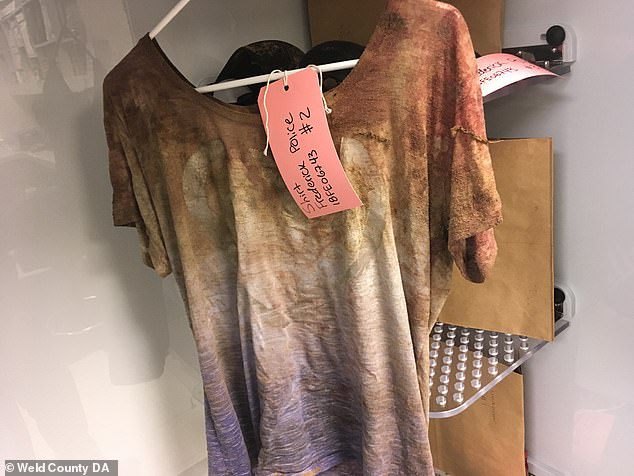

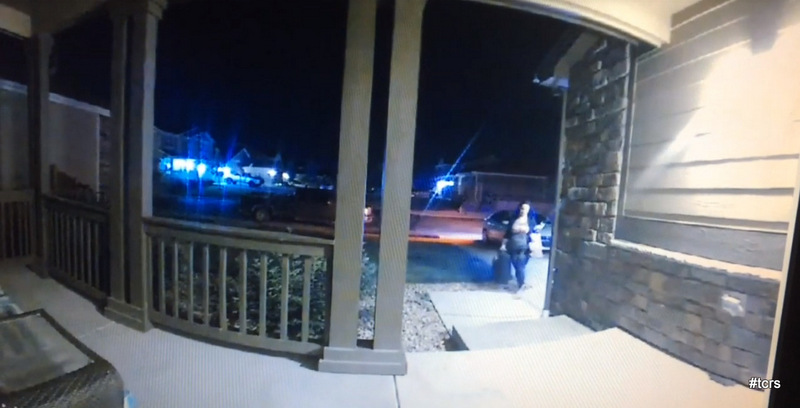
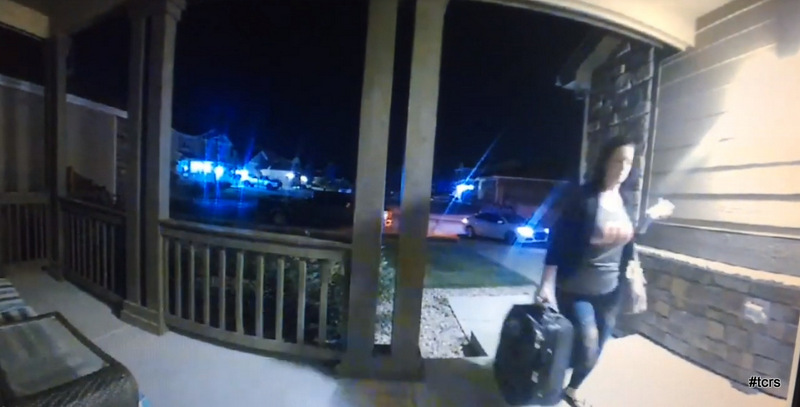
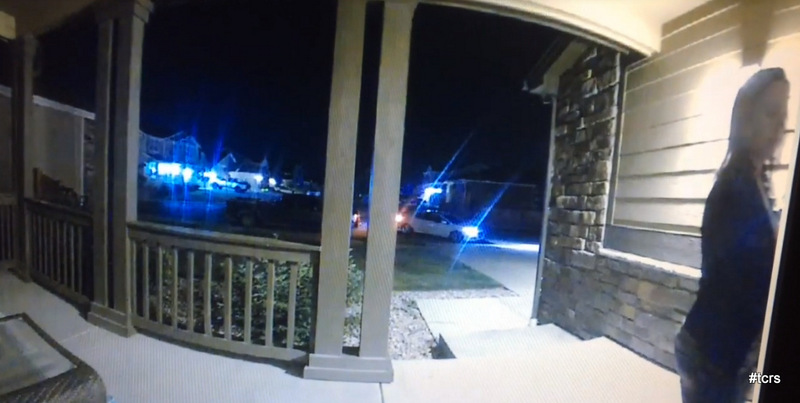


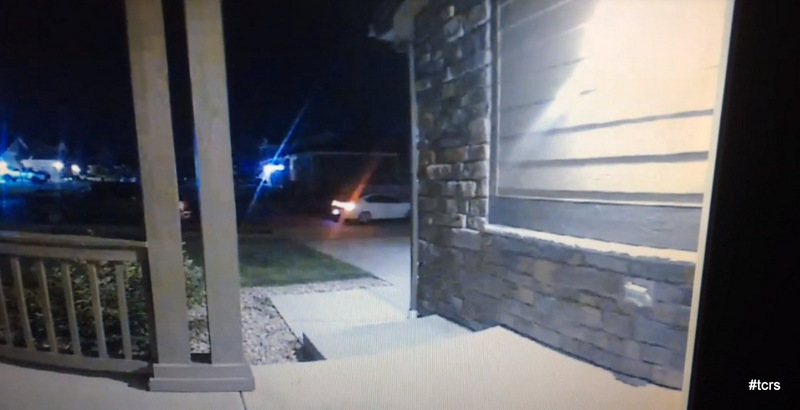
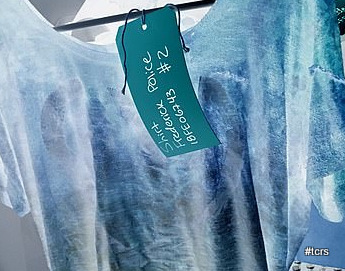































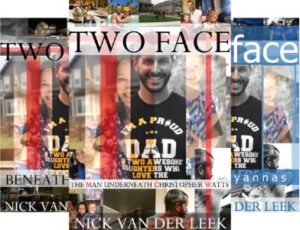

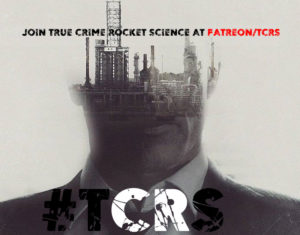



Recent Comments